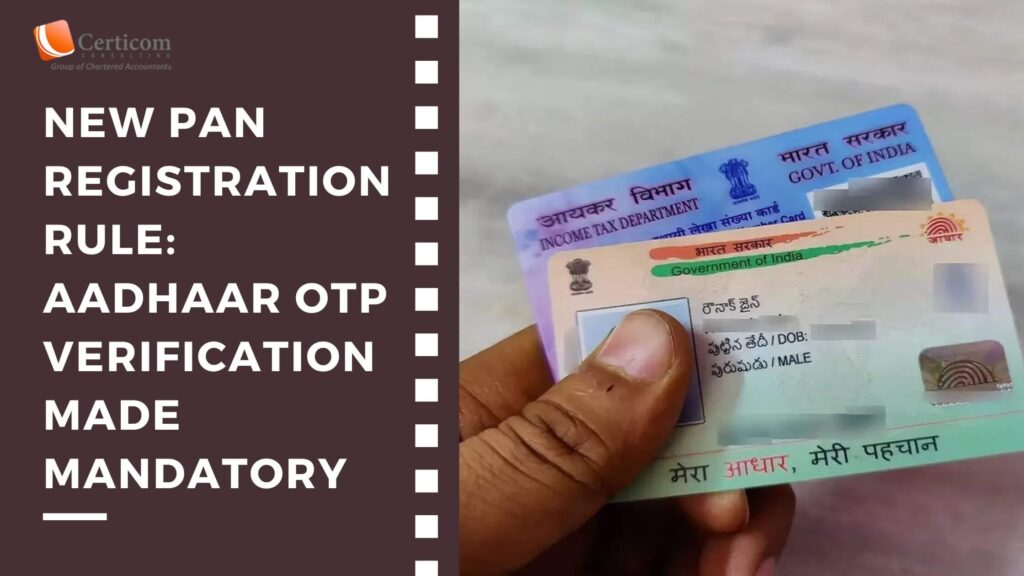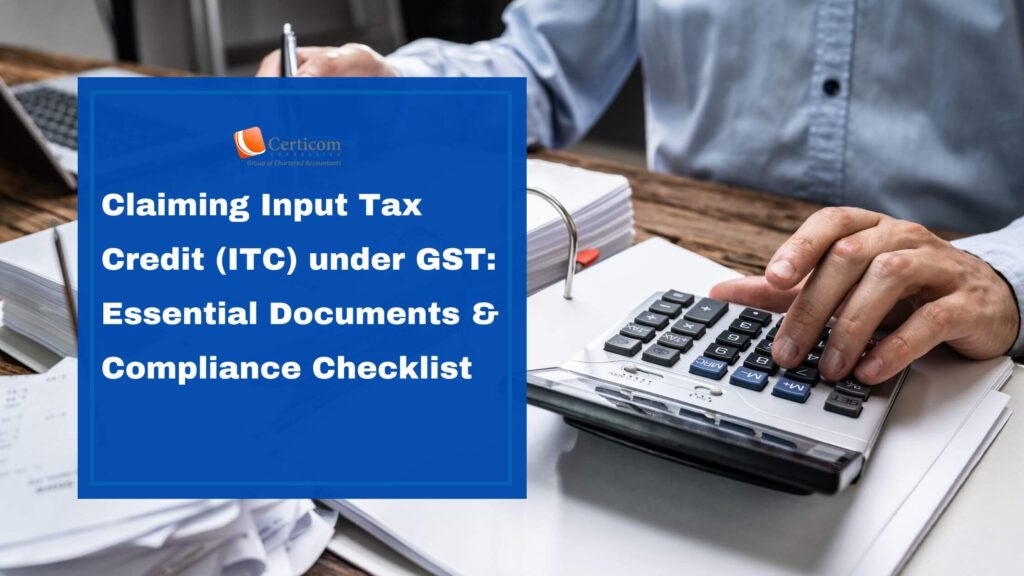- Email:fca.kedia@gmail.com
Why Reconciling AIS and TIS is Crucial Before Filing ITR

As Income Tax Return (ITR) season kicks off, many taxpayers are discovering two critical tools on the Income Tax portal — AIS (Annual Information Statement) and TIS (Taxpayer Information Summary). If you’re still relying only on Form 26AS to prepare your return, you might be missing out on vital information — and risking a mismatch notice.
The Income Tax Department now tracks much more than just your TDS. From interest earned on savings accounts to mutual fund redemptions, property transactions, and even high-value credit card payments — AIS and TIS offer a 360° view of your financial activity.
So before you hit “Submit” on your ITR, let’s understand why reconciling AIS and TIS is no longer optional — it’s essential.

✅ What Is AIS?
Annual Information Statement (AIS) is a comprehensive report that captures nearly all your financial transactions for the financial year. It goes far beyond Form 26AS and includes:
Interest income from savings accounts and fixed deposits
Dividend income
Mutual fund purchases and redemptions
Stock market trades
Sale or purchase of real estate
Credit card spending
Foreign remittances
TDS/TCS details
Income tax payments, demands, and refunds
Transactions reported in GST returns (for businesses)
Think of AIS as the tax department’s version of your digital financial diary.
🧾 What Is TIS?
Taxpayer Information Summary (TIS) is a simplified summary of your AIS. It displays:
Processed values (based on department’s view)
Derived values (based on feedback submitted by you)
TIS is what the Income Tax Department uses as the basis for auto-populating your return. If there’s a mismatch between TIS and your ITR, your return may be flagged for discrepancies or even scrutiny.
🚨 Why You Should Reconcile AIS & TIS Before Filing
Ignoring AIS and TIS could lead to:
Under-reporting income unintentionally
Receiving a mismatch notice under Section 139(9)
Getting picked up for scrutiny in future assessments
Delays in processing and refunds
The department is using data analytics more aggressively each year. So, what may look like a minor omission — say, ₹500 interest from a savings account — can trigger compliance flags.
📝 How to Reconcile AIS & TIS (Step-by-Step Guide)
Log in to the Income Tax e-Filing portal.
Download your AIS and TIS from the ‘Services’ tab.
Cross-verify every item — interest income, dividends, mutual fund transactions, TDS, property deals, etc.
If any information is incorrect or missing, click on ‘Submit Feedback’ for the respective entry.
Ensure that your ITR matches with the TIS processed value wherever applicable.
Declare all income, even if no TDS has been deducted.

⚠️ Common Mistakes Taxpayers Make
Ignoring small interest incomes thinking “this won’t matter”
Filing only TDS-based incomes, missing capital gains, or exempt incomes
Not checking mutual fund redemptions or stock sales properly
Assuming brokerage capital gain statements match AIS without verification
Missing foreign remittances or high-value credit card expenses listed in AIS
AIS and TIS are no longer just optional tools — they’re central to how the tax department assesses your return. As compliance tightens and technology advances, reconciling AIS and TIS is your best defense against future tax hassles.
Related Post
Income Tax Benefits for Senior Citizens: What You Can Claim in AY 2025-26
Claiming Input Tax Credit (ITC) under GST: Essential Documents and Compliance Checklist
Book A One To One Consultation Now
For FREE
How can we help? *




